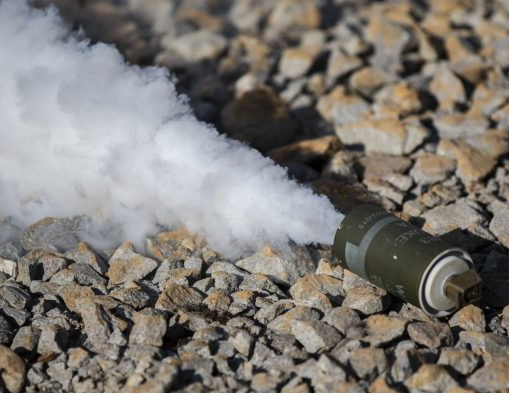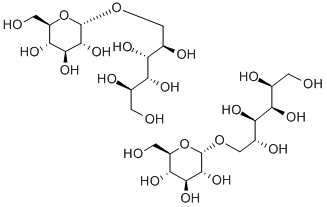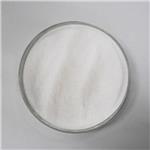Isomalt: uses and Side effects
Jul 16,2024
Introduction
Isomalt (an approximate equimolar mixture of the stereoisomers aD-glucopyranosyl-1,6-D-sorbitol and a-D-glucopyranosyl1, 1-D-mannitol) is a disaccharide alcohol composed of a mixture of two disaccharide alcohols resulting from the hydrogenation of isomaltulose. It has been used in the food industry mainly due to its low glycemic index and caloric value. It is a sugar-free sweetener discovered during the 1960s. It is white, crystalline, and odourless.

Uses
The polyol sugar isomalt is an excellent alternative to sucrose because it is minimally caries-promoting. It is ideal for formulation into confectionery foods because of its reduced energy value and similar physicochemical properties to sucrose. Various isomalt-based, tooth-friendly, low-energy confectionery products are now available to the consumer. Many of these are aimed at children because of their reduced cariogenicity compared with classical confectionery products containing sucrose as the bulk sweetener.
Beyond use by baking experts for decorations, isomalt is a critical ingredient in many factory-produced foods like hard candies, chewing gum, chocolates, baked goods, and cough drops. Isomalt can be heated without losing its sweetness or changing colour. It's helpful in commercially made products that are boiled, baked, or heated.
Isomalt will not caramelize when heat is applied to it the way sugar does, and it won't take on that light-brown to yellow "caramel" hue. This makes it a very good medium for creating great design elements for cakes that need to have a clear colour. Gemstones, windows for gingerbread houses, and glamorous sparkling mosaics are just a few elements that can be made using isomalt.
Isomalt also can be sculpted or molded into pretty much any shape. It is essential to use molds that can withstand high heat and avoid plastic molds that can distort or even melt under heat.
At a storage temperature of 25°C and an RH of about 85%, isomalt does not absorb a considerable quantity of water. This key physical property justifies why products solely or principally based on isomalt do not tend to be sticky and have a long shelf life[1].
Side effects
Isomalt is incompletely hydrolysed and absorbed in the small intestine, resulting in the delivery of intact isomalt and its hydrolysis products, sorbitol and mannitol, to the large intestine. These components are osmotically active, which may lead to intestinal hurry, and if the water reabsorption capacity of the colon is exceeded, osmotic diarrhoea. Thus, ingesting isomalt (in common with other polyols) may provoke intolerance symptoms due to osmotically-induced fluid entry into the gut and formation of intestinal gas following fermentation of hydrolysed and/or intact polyol entering the colon.
Ingestion of isomalt is associated with increased colonic fermentation, confirming its potential to cause excess flatulence, stomachache, abdominal bloating and rumbling noises. Daily doses of up to 50 g are generally tolerated well by healthy adult volunteers but with increased intolerance symptoms, though not always significant. Ingestion of up to 35 g isomalt in chocolates by children aged 8–18 years reportedly causes no significant increases in intolerance symptoms, including osmotic diarrhoea. However, very little is known about the gastrointestinal responses of young children following the consumption of isomalt (or other polyols) and its potential to provoke painful intolerance symptoms or a laxative effect[2].
References
[1] Eliana Matta, Nora Bertola. “Development and characterization of high methoxyl pectin film by using isomalt as plasticizer.” Journal of Food Processing and Preservation 44 8 (2020).
[2] D. Storey, A. Zumbe, Adam Lee. “The comparative gastrointestinal response of young children to the ingestion of 25 g sweets containing sucrose or isomalt.” British Journal of Nutrition 87 1 (2002): 291–297.
- Related articles
- Related Qustion
Dexamethasone is a glucocorticosteroid used in the treatment of different inflammatory conditions related to allergic disorders, skin conditions and lupus, psoriasis, ulcerative colitis, arthritis and respiratory disorders.....
Nov 13,2024APIHexachloroethane is a member of the class of chloroethanes, which is ethane, in which all the hydrogens are replaced by chloro groups.....
Jul 16,2024Organic Chemistry








